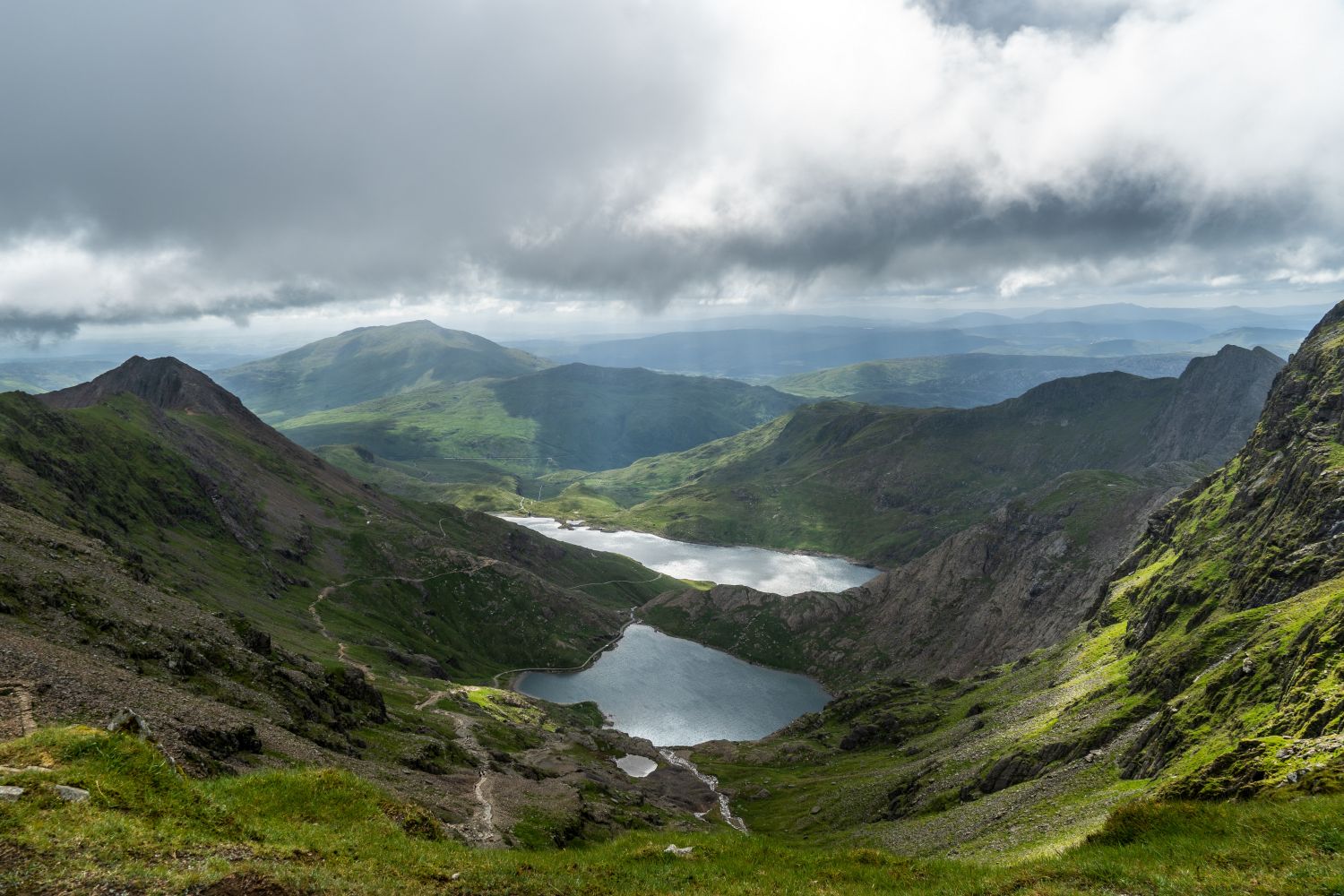Hiking in North Wales? Before you start planning your trip, take some time to brush up on these five things to know before planning a hike in North Wales. Once you know these facts, you’ll be all set to start planning the rest of your journey!
1) Distance
If you’re new to hiking, consider starting out on some of North Wales’s shorter trails. You can make your trip easier or more difficult based on your distance and terrain preference. For example, hikes like Beddgelert Forest and Llanberis Pass will get you an excellent workout without exhausting you. Make sure to talk with locals about what trails are safe for beginners and which ones should be saved for later on down the road. If it’s your first time hiking in North Wales, avoid weekends and holidays if possible so that popular destinations aren’t too crowded with experienced hikers.
2) Navigation
You might feel like you’re standing on top of Everest, but don’t worry, navigation is actually much easier than it looks. Navigating can be done by following one simple rule: Pick something in your line of sight and point yourself toward it. For example, if you’re looking at a mountainside in front of you, just pick an area that catches your eye and head for it. Alternatively, you can use landmarks along your trail—like rocks or trees—as navigation points. Whichever direction you decide to go in, just remember to always keep an eye out for changes in terrain (for example, rock faces) so that you don’t end up lost.
3) Equipment
Hiking boots or a decent pair of outdoor trainers are an absolute necessity when hiking. Get yourself a decent pair of hiking boots that are comfortable but also tough enough for trekking through hills and mud. And never, ever forget your map! The last thing you want is to find yourself lost when you’re already tired from walking all day. Make sure you have one that has clear details on how to get back safely. Remember, even if it seems like it would be easy, always tell someone where you’re going and when you plan on coming back! That way they can call for help if something happens while you’re out there—you can’t rely on your phone or GPS alone.
4) Safety
It’s always better to plan your route ahead of time, particularly if you’re hiking off-the-beaten-path. Make sure you pack extra water (more than you think you’ll need) and carry it with you. Even if you think mobile phone service isn’t available, it is essential that you bring that along just in case of an emergency. Know your limits: It can be easy to overdo it when you’re feeling invigorated by nature, but remember that there are very real physical limits—particularly if you don’t regularly exercise outside. And dehydration can sneak up on you very quickly.
5) Weather
The weather is one of the most important things to consider when hiking. If it’s raining or foggy, you might not be able to see much. On clear days, conditions may vary, depending on wind speeds and sun exposure. Weather can also change while you’re out there; if it starts raining while you’re out walking, make sure your bag can handle getting wet (many waterproof bags are designed for light drizzle only). If winds pick up, dress in layers so you can take off or put on an extra layer if necessary.


